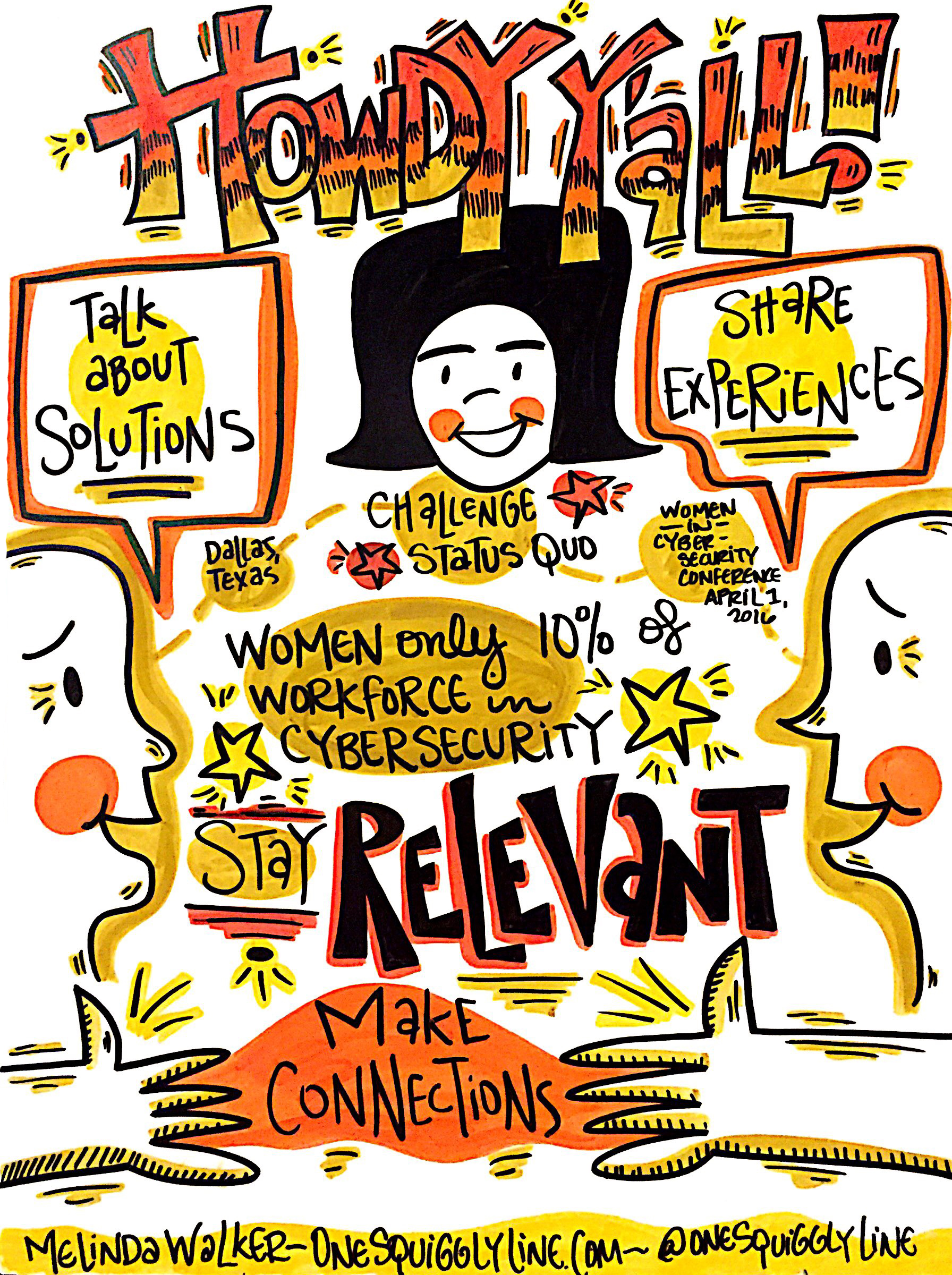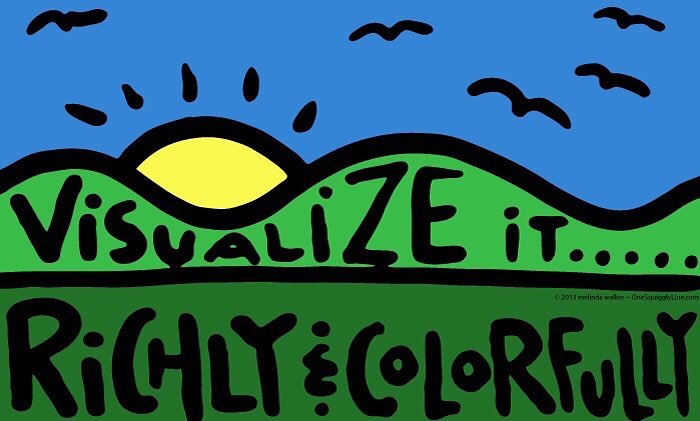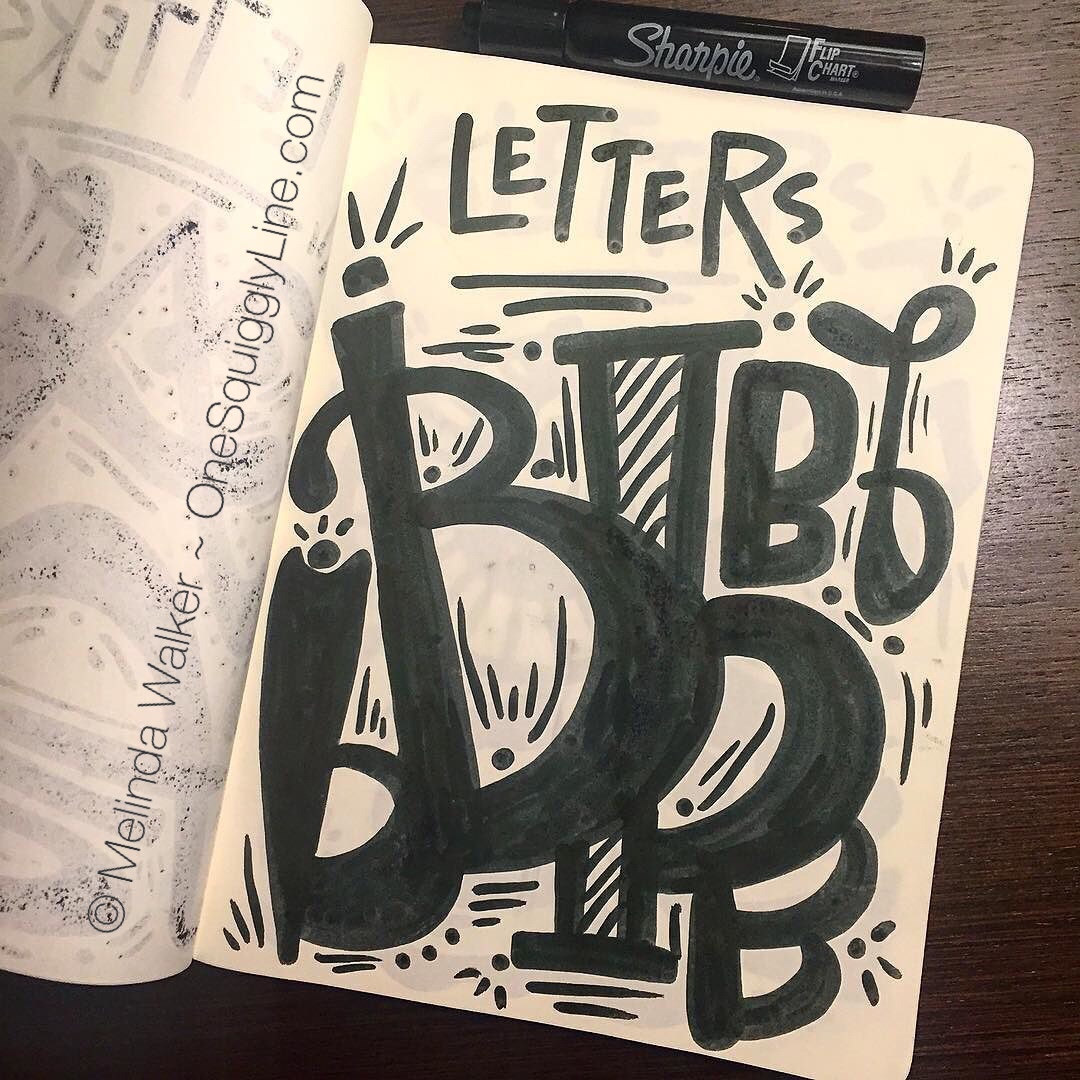People often think of taking visual notes while listening to a live presentation or maybe an audio file. But there's no reason why your notes from print materials can't be visual, too. Especially if you're studying. Or gathering information to write a longer paper. Or even reading a non-fiction book just for fun.
The visual notes above were created while reading chapter 5 of The Accidental Creative,by Todd Henry. One assignment in my grad program was to write a book review. Of course, that meant I had to actually read the book first! So, I created visual notes of each chapter as I went along. That made it much, much easier to see main themes as they emerged.
I had no intention of showing these to anyone when I created them. They were just how I kept track of the key points from each chapter. And I actually ended up "writing" the entire book review visually!
You can see then entire set in thisPinterest board.Because I hadn't planned on sharing them with anyone, I experimented with some things. Some I like better than others, but they all did the job of making my notes much easier to use later on...and the whole project way more fun!
Creativity: Failure & the Creative Life
Why are we afraid of failure?
It’s embarrassing. It’s humiliating. And perhaps it makes us feel weak and small inside.
When’s the last time you failed? How did it make you feel? Do you remember your reaction?
Perhaps it was a test. Poor performance at work. An interview. Suggesting a new idea.
Were you nervous? Did you cry? Get angry? Did you shy away and never try again?
Oftentimes these emotions are uncomfortable. Although difficult to experience, they lead to some of the most important lessons, opening up many doors for us later on in life.
We live in a culture where everything appears to be perfect and “normal” on the outside. Our social media accounts portray this.
The reality is that life is messy. We’re not always perfect people. And if we try to always stay within the lines, we’ll never know what lies beyond.
It’s important to allow ourselves to be open to failure and rejection, because on the other side is a reward - either a lesson to be learned, or you achieve what you intended.
This doesn't mean to be stupid with our failures, but rather, to be smart with our intentions and our reactions.
It’s not the failure itself that’s important. What’s important is that we learn from our failures and implement these lessons into our lives.
Ask yourself: If I fail at this, what’s the worst that can happen?
Failure is one of the most important tools for a creative life.
When we’re comfortable encountering failure and rejection, only then will we be able to experience results that we’ve never seen before.
A creative life is one that has experienced failure multiple times - not recoiling from it, but embracing, learning and implementing its lessons.
Failure is a steppingstone to personal success and creativity.
Learn more about Visual Thinking
Visual Thinking: Get it! Grab it! Go for it!
While visual thinking makes things simple, it certainly does not dumb them down. Part of the simplicity comes from removing unnecessary parts, leaving behind only what you need to work with. That allows you to really see exactly what it is you do have to work with. This often leads to that, "Oh, now I get it!" moment when everything finally seems to fall into place and make sense.
Once you can see things more clearly, you are able to make better decisions. Sometimes, things become so obvious it doesn't even really feel like you're making a decision at all. The right choice just jumps right at you. Or if you do need to think about it for a minute, it's much easier for you to grab it and run with it.
Check out One Squiggly Line's About Visual Thinking page to learn more.
Visual Thinking & Visual Notes: Live Graphic Recording
Hand-drawn visuals are far friendlier than standardized fonts and stock photos. And hand-drawn visuals are even more inviting when created live, right there where everyone can see.
The drawing above was created during the opening remarks at the Women in Cyber Security conference the end of March. It was then displayed near registration to welcome late-comers. Not a high resolution file shown here, just taken with my iPhone in the moment.
To see the whole set of visual notes from the Women in Cyber Security conference, check out this Flickr album.
Visual Thinking & Creativity; Visualize it richly & colorfully
Visualizing things richly and colorfully leads to more creative thinking. You probably visualize things more than you realize, without really thinking about it. So you already have some visual thinking skills. But how do you become better at visualizing things on purpose?
Try this:
Go to a hardware store or someplace that sells paint. First, pick a paint sample color card that matches your shirt. That's a warm-up, starting with something very concrete and right in front of you — your shirt.
Then, look for a paint sample color card that matches something at home. It could be a different shirt, a piece of furniture, your walls. Whatever you choose, you will need to picture it very clearly in your mind so you can "see" the color.
Paint sample cards are usually free, so you can take home the ones you think are the closest and see how well you did. The more you practice, the better you get!
Check out One Squiggly Line's About Visual Thinking page to learn more.
Visual Thinking & Creatvity: Make the common new
We look at letters every day. Online. Text messages. Street signs. Starbuck's coffee cups. Letters are everywhere.
When we see things all the time, we often stop really looking at them. Common things can become invisible.
When that happens, it's a great time to get creative with them. That causes you to look at things in a new way. Explore them from a bunch of different perspectives. Really look at them. See them in a new light. That's where a lot of new ideas are often found — sitting there right in front of us, in plain sight!
Visual Thinking & Visual Notes: Live Graphic Recording
People often think I do a lot of drawing while taking live visual notes. If you really look at the image above, you'll see there's really not much drawing there at all. Just some squares, a couple of circles, and an arrow. That's it!
When you write words inside simple shapes, those simple shapes start making your own notes a bit more visual. They become more dynamic. More interesting. The image and the message become more unified. And far more powerful.
A great way to make your own notes more visual is to write some of your words inside simple shapes — circles, squares, triangles, arrows, etc. Give it a try!
The image above is a close-up of a 4'x8' drawing, created live, in real-time during a Design Thinking workshop. Be sure to check out the entire image!
Visual Thinking & Creativity: Timelines
Pictures are obviously a big part of visual thinking. So are words. But if you just throw a bunch of words and pictures on a page, you just end up with a mess. A visual mess that makes your thinking messy, too.
That's where organization comes in. It's the third essential component of successful visuals. It doesn't have to be fancy. In fact, it's often best to keep things really simple.
A timeline is a simple and effective way to visually organize information.The image above shows a simple timeline of the International Center for Studies in Creativity, where I got my master's degree. Of course there's a whole lot more to their story than shown in this timeline, but it includes the things that influenced or impacted me in some way. You get the idea, at a glance.
Check out One Squiggly Line's About Visual Thinking page to learn more.
Visual Thinking & Leadership: A Strong Vision
A leader is one who sees more than others see, who sees farther than others see, and who sees before others do. — Leroy Eims
Leadership starts with a vision. Whether you're leading a country, a company, or simply yourself, you must have a vision. A strong one. Because the stronger the vision, the more likely success will be.
That vision, strong or not, always begins in your imagination, or the mind's eye. That's where you start to see things as you'd like them to be in the future. Or the way you wish things could be right now.
Getting that vision out of your head and onto paper makes it more concrete. That allows you to see your vision more clearly, to flesh it out, and to better communicate it to others. It also allows you to see what may be missing or what may not be necessary. A tangible drawing makes your thinking and communication much more efficient!
Drawing out your vision and keeping it someplace where everyone can easily see it, keeps your vision front and center in everyone's mind, which fuels the motivation needed to continue moving forward. A physical image also allows everyone to see how far you've already come, hopefully prompting you to celebrate those successes along the way.
So pick up those markers and start drawing! Remember, you're drawing to communicate here, not to create the next Mona Lisa!
Check out One Squiggly Line's About Visual Thinking page to learn more.









